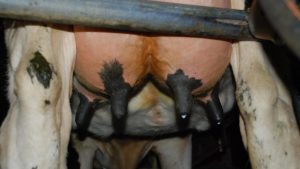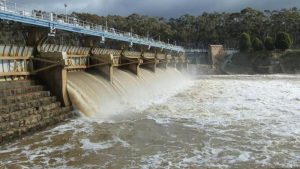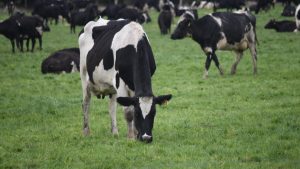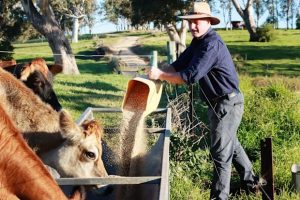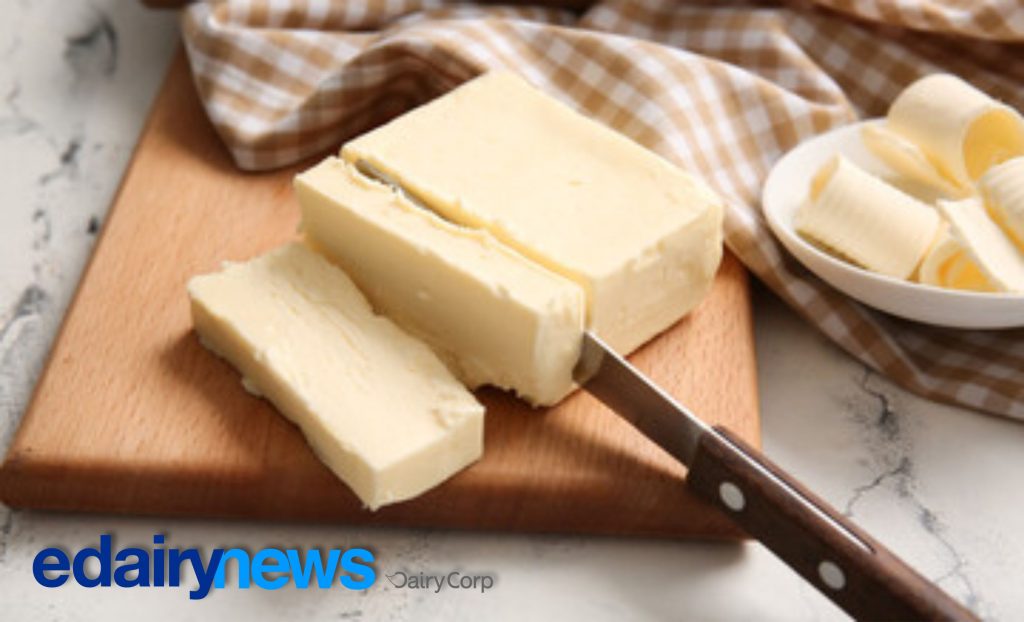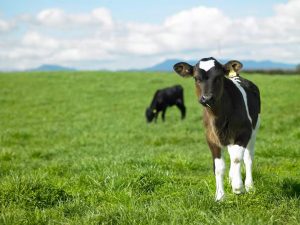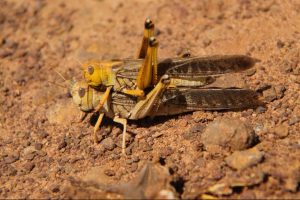
Key points:
- Dairy Australia says 300,000 calves were slaughtered at five days of age during the 2021 financial year
- It says that number is down from 450,000 calves
- A milk producer says there is a growing market for her ethical product.
How Now dairy founder Cathy Palmer said her aim was to produce ethical milk, where cows and calves are kept together, when she launched the venture five years ago.
“I went and saw a lot of dairies before I started this, and I would just see sheds of newborn calves,” Ms Palmer said.
“I couldn’t understand the reasoning, I decided to offer an alternative to that.
“My herd generally sits at 50 cows, and no calf is separated from their mum, and the cows are very happy and our mortality rate is very low.”
Ms Palmer’s herd is a mix of different breeds, with each cow producing on average 10 litres per milking.
Dairy Australia’s most recent data shows the average Australian dairy cow produces about 20 litres per milking.
Ms Palmer sells dairy products direct to market to predominantly Melbourne customers. How Now milk retails at $6.50 for 2 litres.
“I think that is still bargain basement for milk,” Ms Palmer said.
“It gets me how I see people buying free range chicken, pasture raised beef, pure juice and then get to the milk and they just grab the $1 a litre off the shelf.”
But she said demand was increasing for her product and sales had steadily risen.
“I am really passionate about dairying and I don’t think people should be basing themselves on plant-based milks,” she said.
Slaughter rates dropping
It is common practice on the majority Australian dairy farms for calves to be separated from cows within 24 hours of birth.
The calves are then taken to rearing facility or another shed and fed milk by farmers.
A percentage of female calves will stay on farm to be used as replacement heifers, and the remaining become surplus and are used for beef production.
Calves under 30 days old are known as bobby calves and must be at least five days old before they leave the farm.
Dairy Australia animal welfare national lead Sarah Bolton said the number of bobby calves going to slaughter in Australia was dropping.
“More and more dairy farms are looking to increase the number of calves raised for mature beef production, as opposed to slaughtering them as bobby calves,” Dr Bolton said.
“For the 2021 financial year, just under 300,000 calves were processed at five days of age.
She said the highest number in the past 10 years or so had been about 450,000.
“Given we have been in a record beef price environment, we are expecting that there will be a record low (of bobby calves slaughtered) for the financial year just gone.”
Separating calves and cows
Dr Bolton, who is also a veterinarian, said there were several key reasons to separate calves and cows soon after birth.
“The first is the management of colostrum,” Dr Bolton said.
“Dairy calves are born without a functioning immune system and rely on their first milk, which we call colostrum, to receive their immune system.”
She said data showed that if left to suckle the cow on their own, at least 40 per cent of calves wouldn’t get enough, which left them without an adequate immune system.
Dr Bolton said the industry was always looking at the issue of calf and cow separation and early life slaughter as public values evolved.
“The practice of culling calves at five days of age hasn’t been undertaken because dairy farmers want to, or because it’s particularly appealing for anyone,” she said.
“It’s been largely motivated by the fact those calves have historically not been seen as economically viable for beef production as a result of their genetics being selected for milk production.
“However we also do a lot of social science work to try and understand what practices are out of step now or could be out of step in the future as values evolve.”





